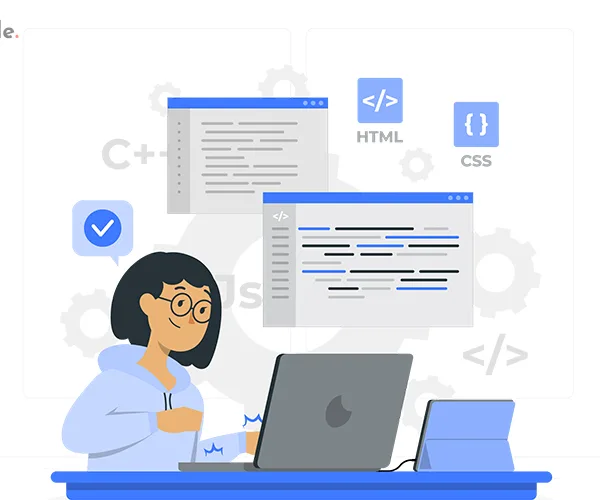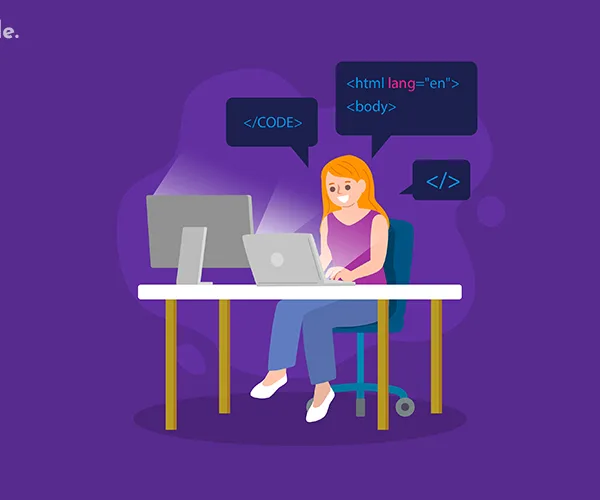Embark on a journey through the heart of Java programming with our in-depth guide to the Core Java syllabus. Tailored for Indian learners, this comprehensive resource unravels key concepts, from variables to threads, empowering you to excel in this foundational language. Let’s dive in!
Table of Contents
Introduction
- Briefly introduce the importance of Core Java in programming.
- Highlight its relevance in the Indian IT industry.
- Set the stage for a deep dive into the Core Java syllabus.

I. Getting Started with Java
A. Introduction to Java
- Explain what Java is and its historical significance.
- Mention its cross-platform capabilities and its usage in various domains.
B. Setting Up the Java Environment
- Provide step-by-step instructions to download and install Java Development Kit (JDK).
- Include screenshots for clarity.
II. Basic Concepts in Java
A. Variables and Data Types
- Define variables and data types in Java.
- Explain the different data types and their uses.
B. Operators and Expressions
- Discuss arithmetic, relational, logical operators.
- Provide examples for better understanding.
C. Control Flow Statements
- Cover if-else, switch-case, loops (for, while, do-while).
- Illustrate with code snippets and flowcharts.
III. Object-Oriented Programming in Java
A. Classes and Objects
- Define classes and objects in Java.
- Explain the concept of encapsulation.
B. Inheritance and Polymorphism
- Discuss inheritance, method overriding, and polymorphism.
- Provide real-world analogies for better comprehension.
C. Abstraction and Encapsulation
- Explain the importance of abstraction and encapsulation in OOP.
- Provide examples of how they are implemented in Java.
D. Interfaces and Abstract Classes
- Differentiate between interfaces and abstract classes.
- Provide use cases and examples.
IV. Exception Handling
A. Understanding Exceptions
- Define what exceptions are in Java.
- Explain the difference between checked and unchecked exceptions.
B. Handling Exceptions
- Provide techniques like try-catch, throws, throw.
- Show examples of handling different types of exceptions.
V. Collections Framework
A. Introduction to Collections
- Explain what collections are and why they are used.
- Briefly introduce the different collection interfaces.
B. List, Set, and Map
- Dive deeper into List, Set, and Map interfaces.
- Provide examples of popular implementations like ArrayList, HashSet, HashMap.
C. Iterators and Sorting
- Explain how iterators work and how to use them.
- Discuss sorting algorithms and their implementation.
VI. File Handling
A. Reading and Writing Files
- Provide examples of reading from and writing to files in Java.
- Discuss different file handling classes.
B. Serialization and Deserialization
- Explain how serialization works and why it’s important.
- Provide code examples.
VII. Threads and Concurrency
A. Introduction to Threads
- Define what threads are and why they are used.
- Discuss multi-threading and its benefits.
B. Synchronization
- Explain the need for synchronization in multi-threaded environments.
- Provide examples of synchronized blocks and methods.
FAQ
Q1: What is the significance of learning Core Java in the Indian IT industry?
Provide insights into how Core Java forms the foundation for many applications in the Indian IT sector. Highlight its relevance in areas like web development, mobile app development, and enterprise solutions.
Q2: How can I practice and apply the concepts covered in the Core Java syllabus?
Offer practical tips and resources for readers to actively engage with the material. Mention coding platforms, exercises, and projects that can help reinforce their understanding.
Q3: Are there any recommended additional resources for in-depth learning?
Provide a curated list of books, online courses, and forums where readers can further enhance their Java skills. Include both free and paid resources to cater to a diverse audience.
Q4: What are some common challenges faced by beginners in Core Java?
Address potential stumbling blocks like understanding object-oriented programming concepts, handling exceptions, or grasping threads and concurrency. Offer advice and strategies for overcoming these challenges.
Q5: How can I stay updated with the latest trends and developments in Core Java?
Suggest reliable sources for staying in the loop with Java updates, such as official documentation, tech blogs, and forums. Encourage participation in online communities or attending relevant conferences or meetups.
Conclusion
- Summarize the key topics covered in the Core Java syllabus.
- Emphasize the importance of mastering these concepts for a successful career in Java development.



